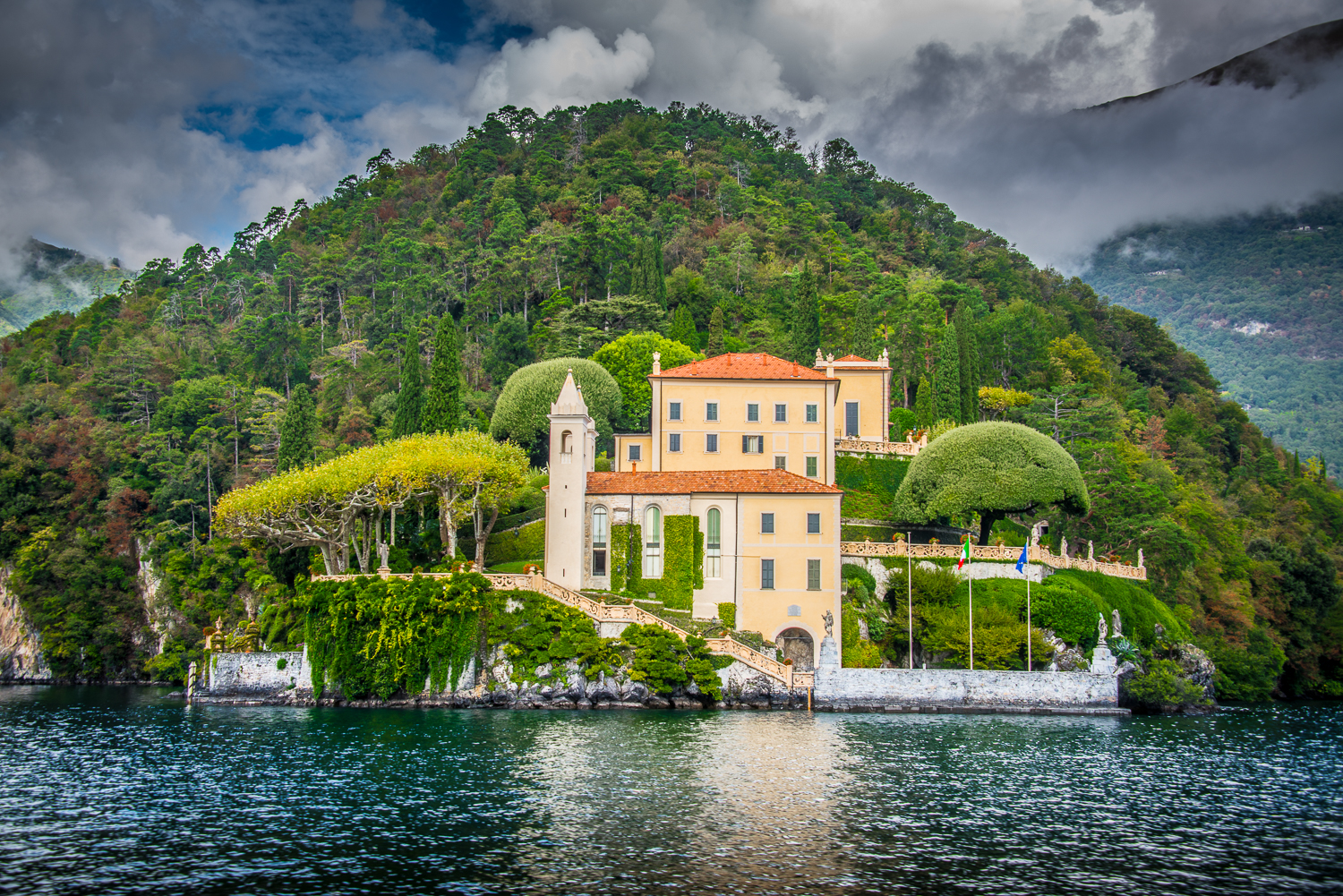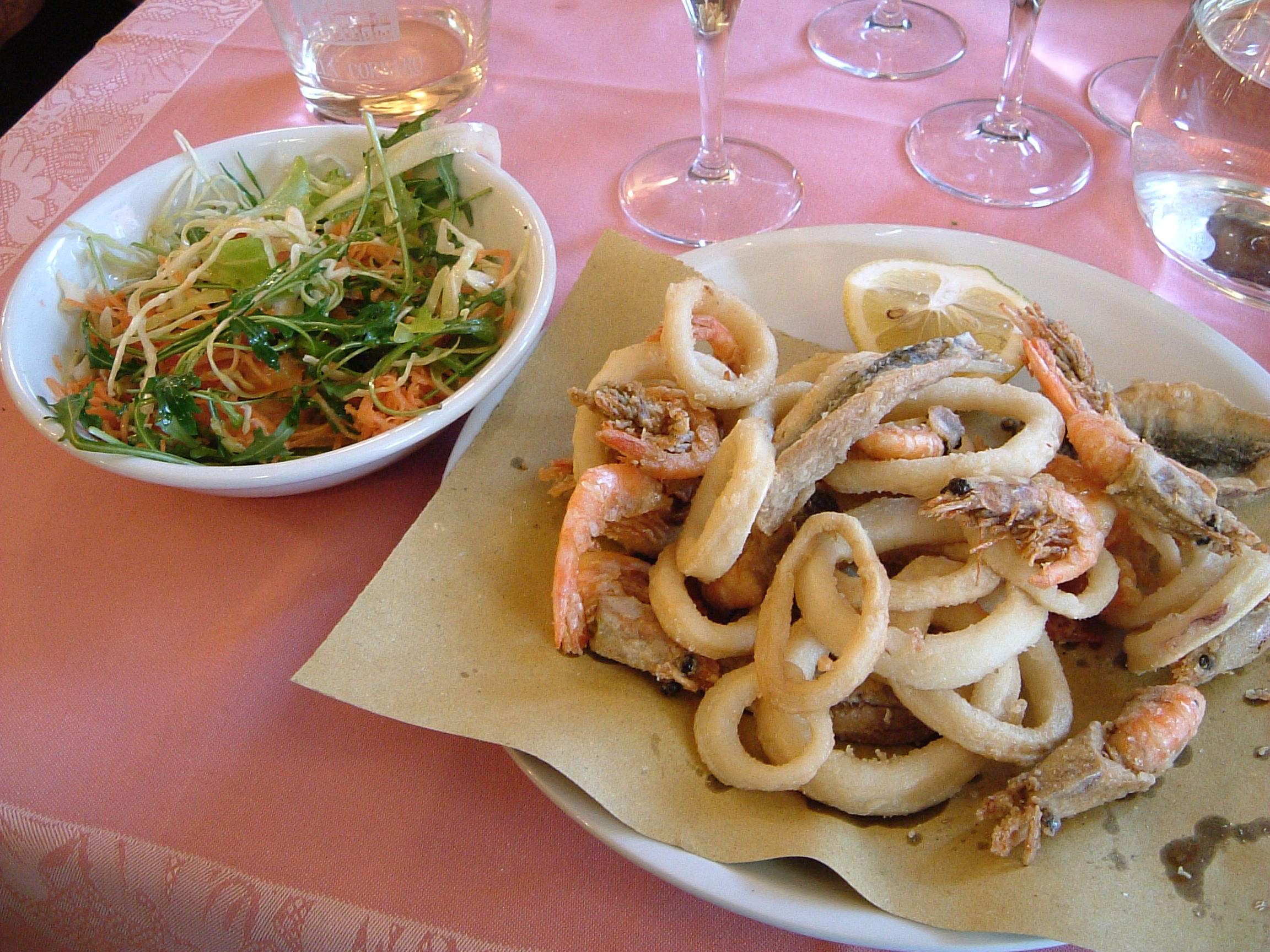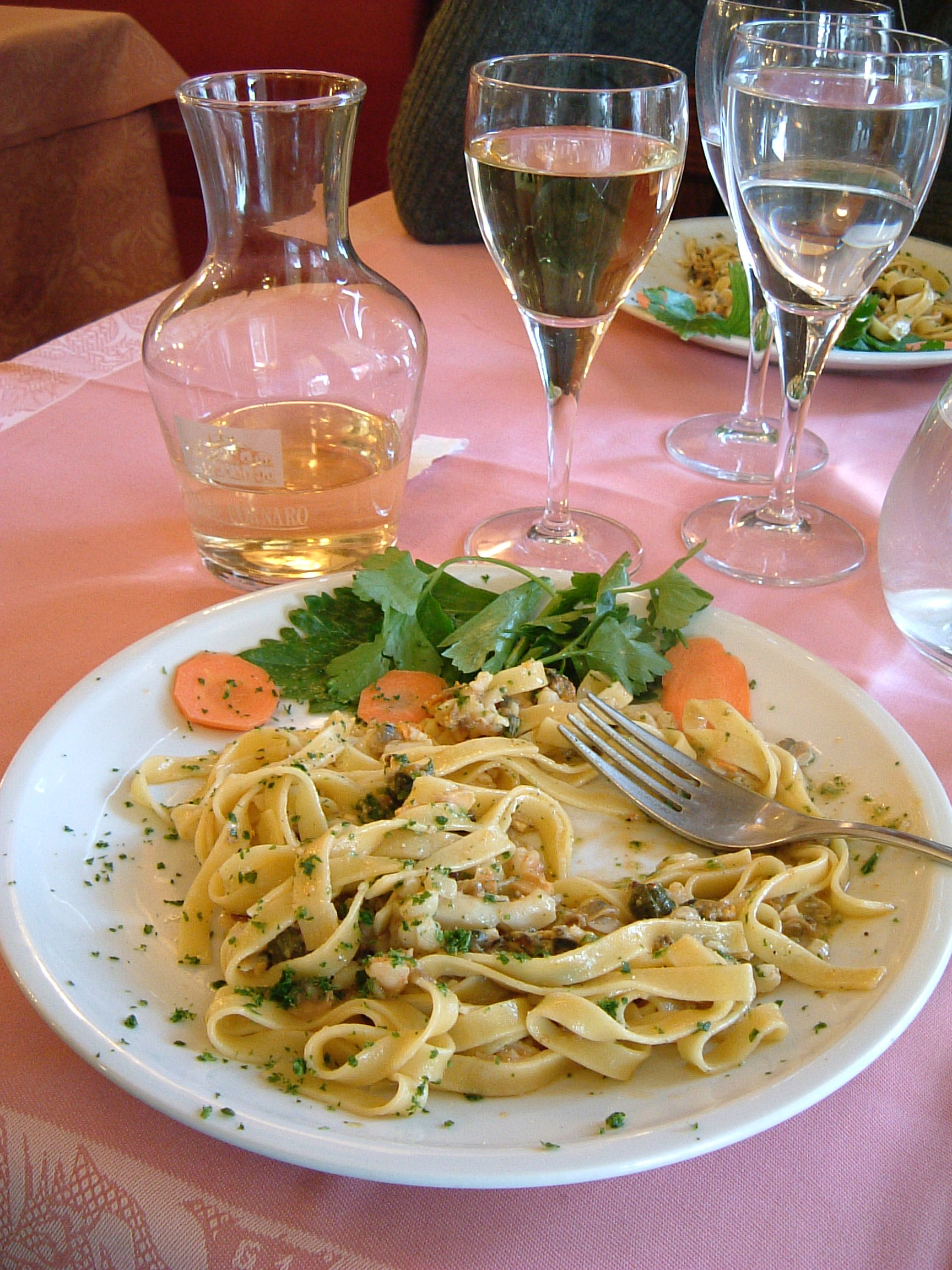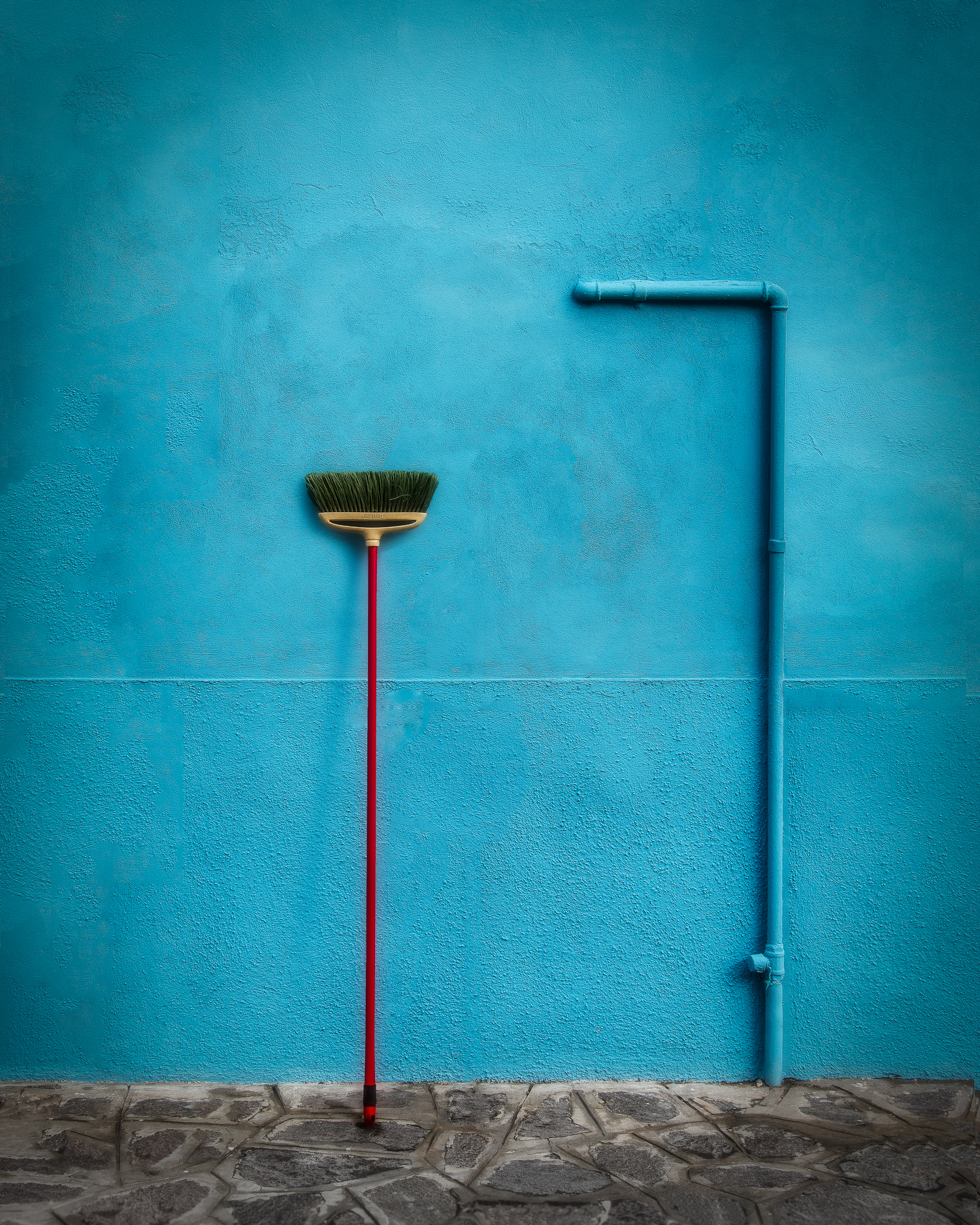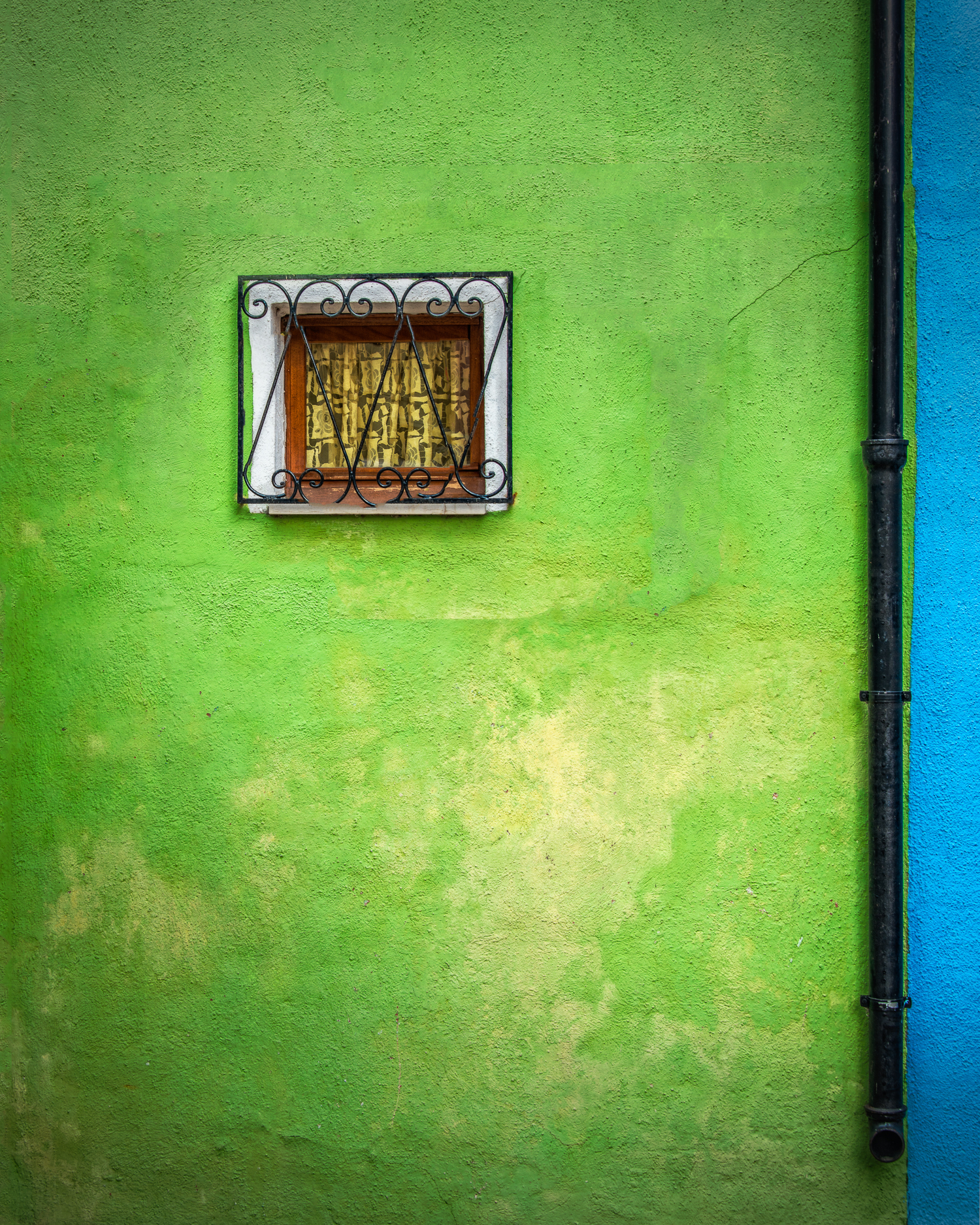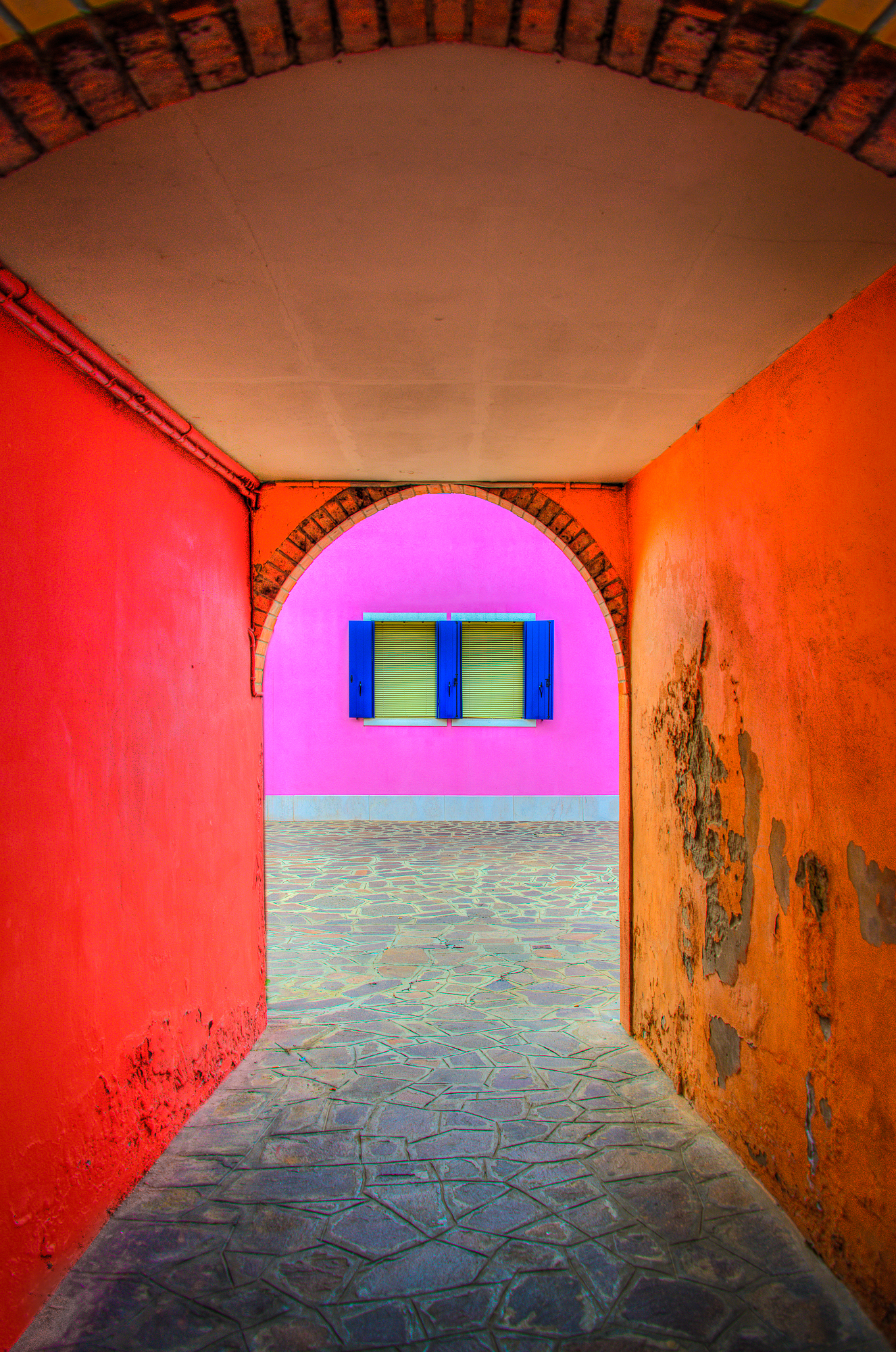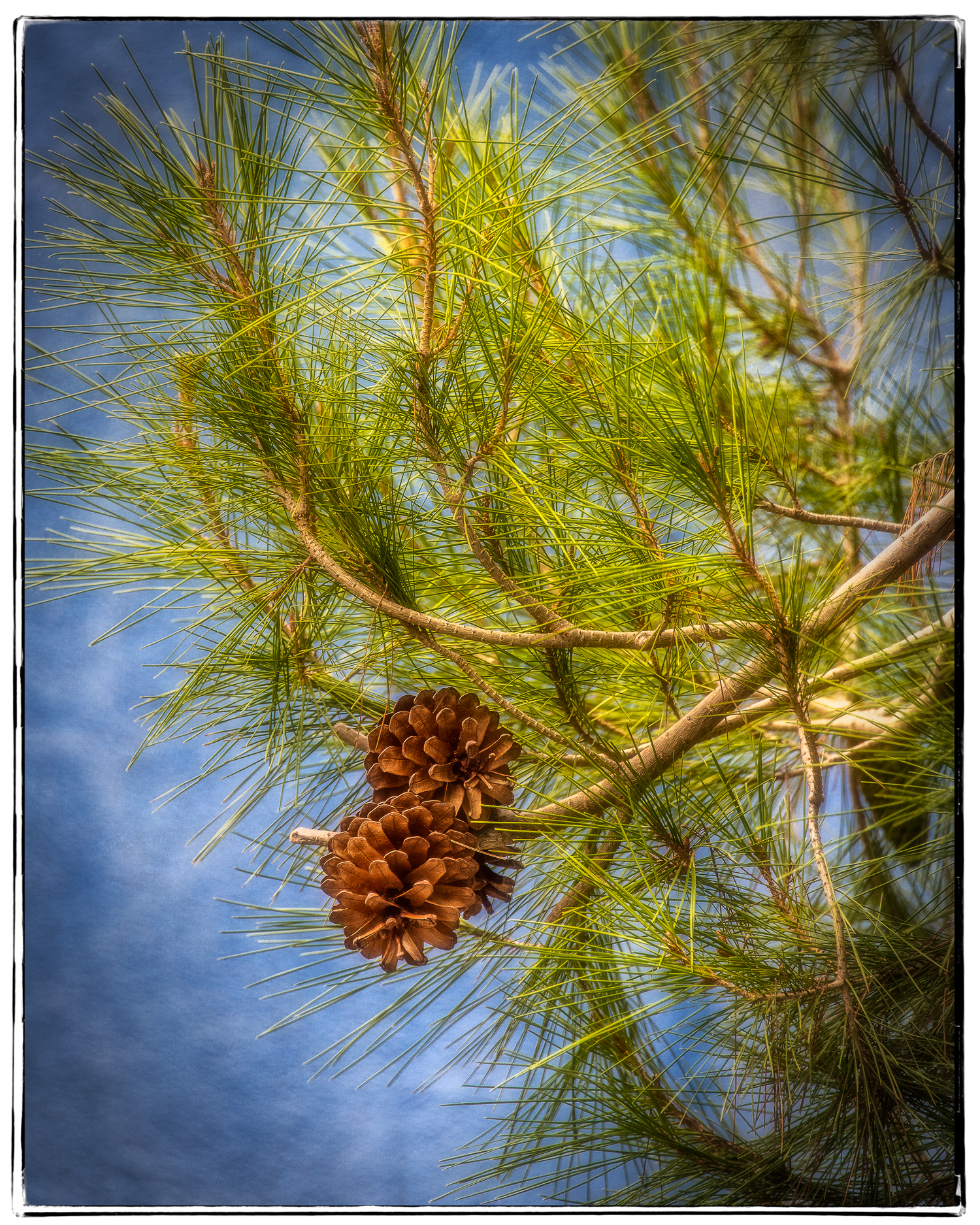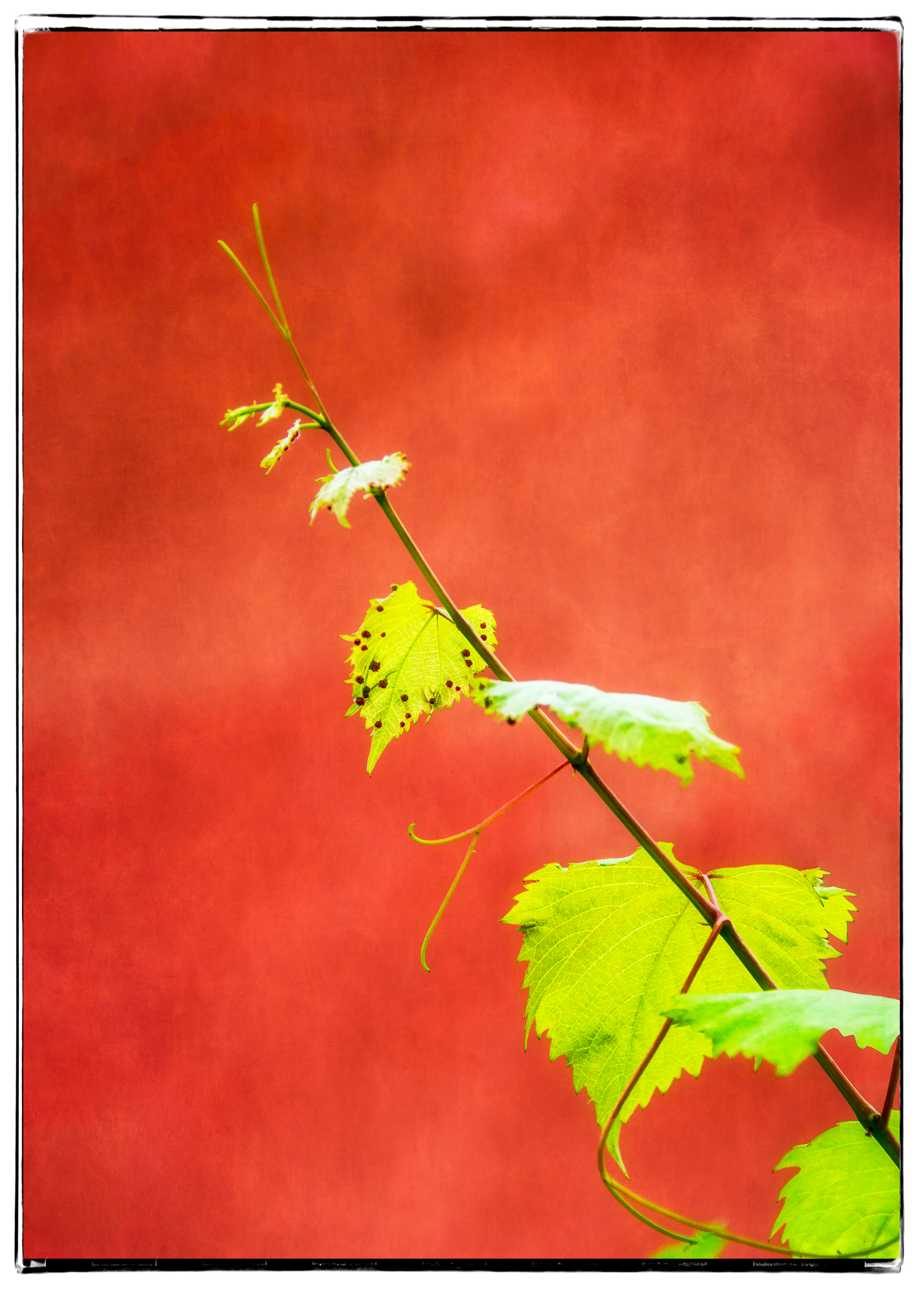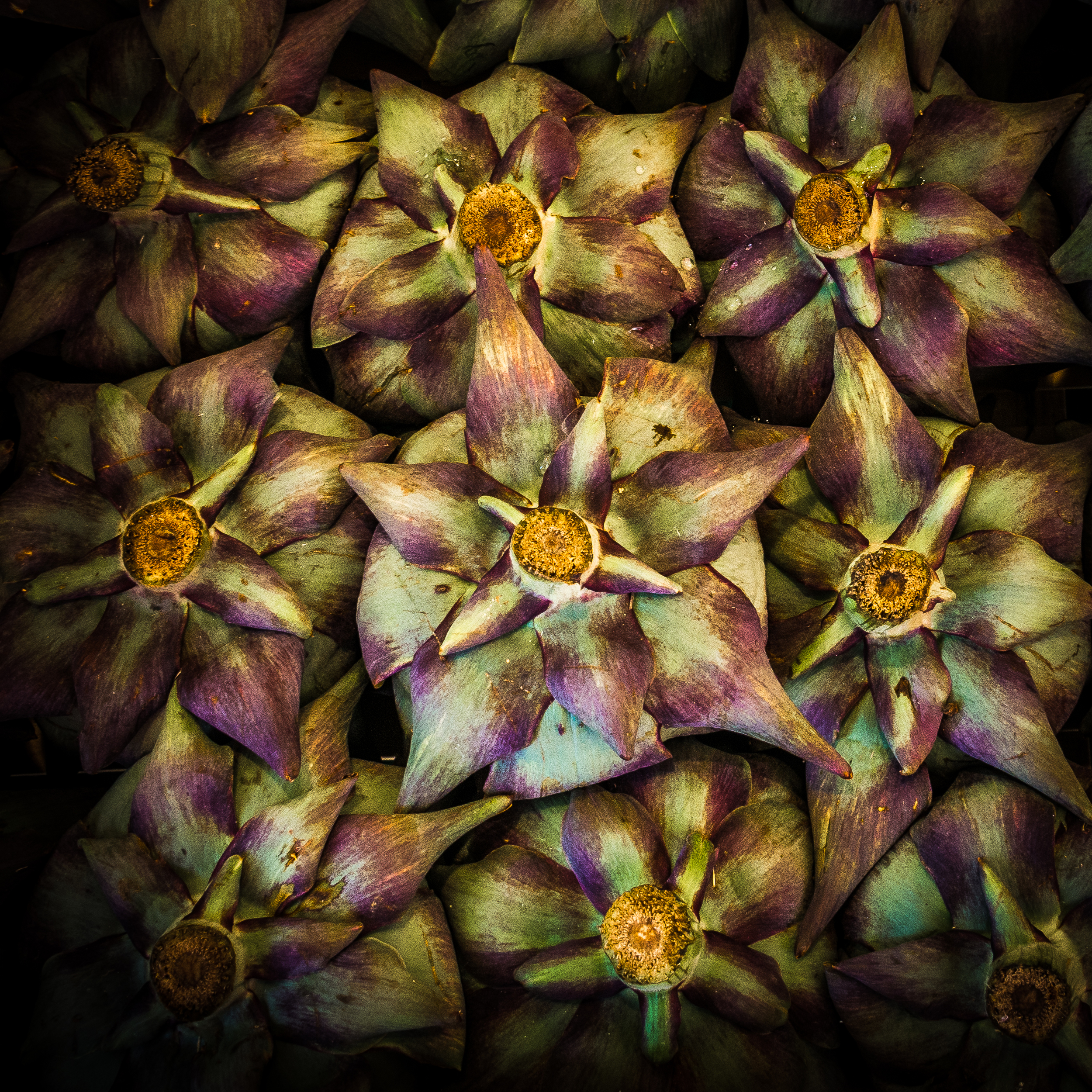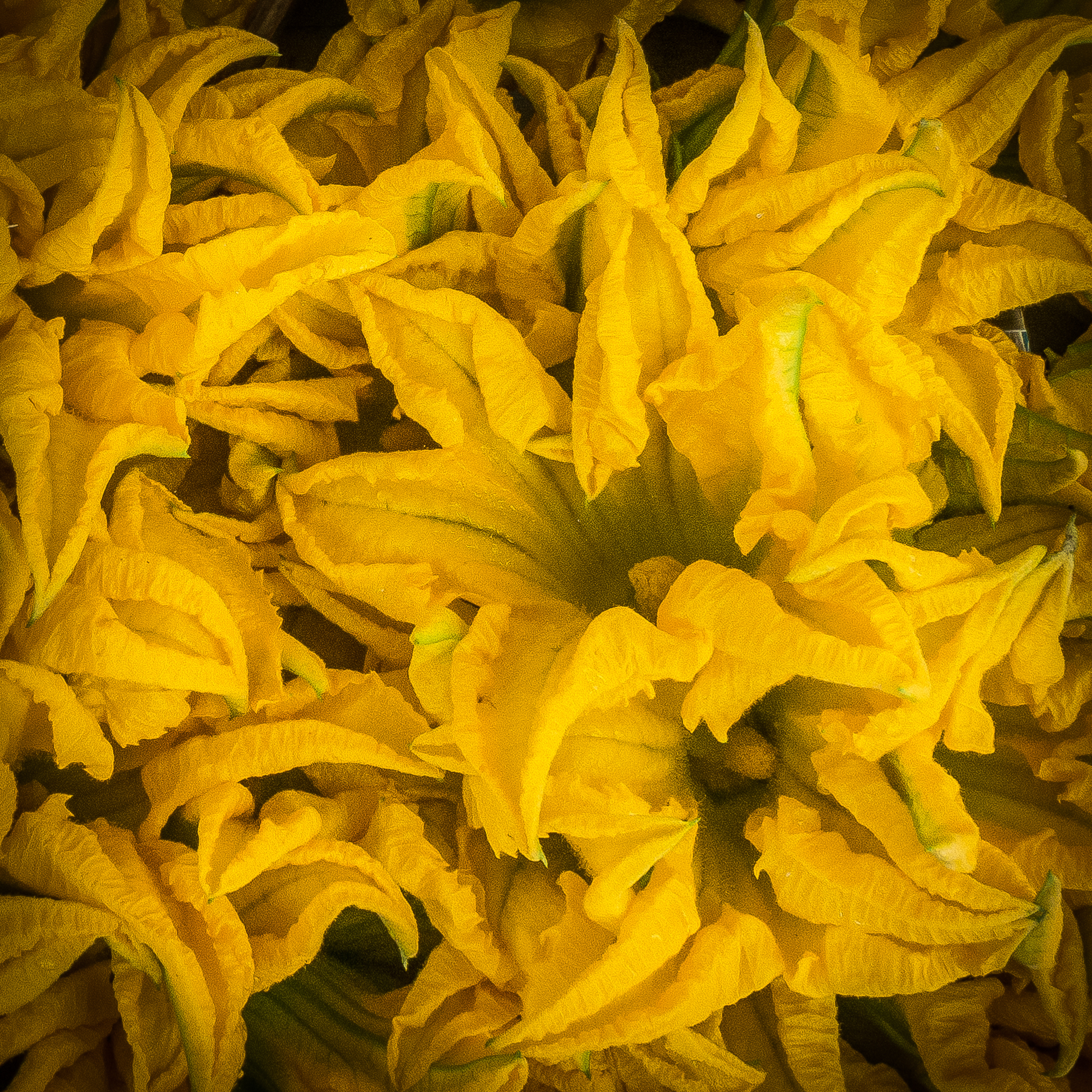We recently visited one of the Venetian glassblowing businesses located on the lagoon’s island of Murano.
I’ll tell you more about that visit to Fornace Estevan Rossetto in a future article.
“How did I do this, you ask? It’s simple…magic”
In the meantime, there was a door to the furnace room that I found to be of interest. At first sight, I wasn’t sure whether I could transform what I was about to capture with my camera into anything of substance artistically. But, as usual, I decided to go ahead and capture the image, to be worked on later upon returning home.
So, just below, you can see the journey from snapshot in the Venetian lagoon, to my artistic interpretation created in the comfort of my home.
Here is a snapshot of the door at issue.
As you can see, in the present state of the photo, there is a lot of distraction…and I noticed this at the time when I took the photo. But, I saw something in the muted colors and textures that I liked. That drove me to go ahead and take a photo of this dismal scene.
Notice the tub on the right. Notice the chain. Notice the gas lines and other piping. Notice the light fixture. I felt that I could deal with these things…see if I was right.
My first task is the removal of items mentioned above. So that’s what I did, but with the exception of the gas piping, which I felt was an essential part of a glass furnace operation. Right below is the photo version without these distractions. How did I do this, you ask? It’s simple…magic. This includes potions, incantations, eye of newt, eye of the needle, warts, boils (I have no idea where I’m going with this!), the occult…and of course, just a small dose of Photoshop.
Now that it’s cleaned up a bit, it is time to work on the color and contrast and such. Here we are now…
We’re really close now. But, I’m not satisfied with the still-dull colors and lighting. So, here is my final version.
So, was I right? Was there a hidden gem lurking there somewhere? You be the judge.
That’s it for today’s transformation. I’ll be working on some other things for you over the next few weeks, so stay tuned! And please, stay safe!
Ciao for now,
Steve
<<< Sign Up For This Newsletter >>>




